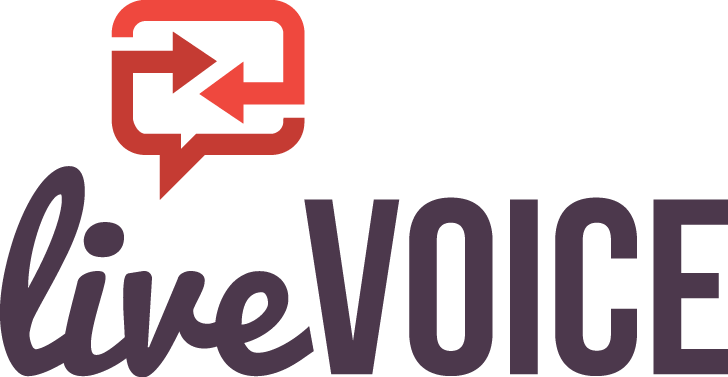Category: Answering Service, Lead Response
How Long is Too Long to Respond to a Lead?
The old adage that “good things come to those who wait” doesn’t apply to lead response.
Companies spend billions of dollars each year in marketing and advertising to promote their products and services. While the goal of each advertising campaign varies, often the intent is to generate leads, with the call to action (CTA) being a pitch to obtain prospects’ contact information.
With so much invested, you’d think salespeople would jump on these leads before they grow cold, but survey after survey shows this not to be the case. Another research study confirmed what most lead response analyses show: some companies understand the importance of a speedy response, most companies don’t, and a third group that simply ignores leads.
Specifically 37 percent responded within one hour, 16 percent took one to twenty-four hours, 24 percent waited more than one day, and 23 percent never bothered to respond at all. The good news is that among the fast responder group, about one fourth (26.1 percent) managed to do so within five minutes.
“Only one fourth of all companies comprehend the critical nature of a timely response to the precious gift of a sales lead,” says Adam Berkson, president of LiveVoice, a foremost provider of lead response services, and who has built a business around turning leads into sales.
“Of course almost half of the companies lack a sense of urgency, and another quarter simply don’t care.” These people have valued the marketing message enough to risk sharing their contact information with a company they don’t know, so they expect a response. They certainly deserve one, but over a quarter of companies disrespect these valuable leads and snub the people who have already shown they are interested and have a predisposition to spend money. “It’s as if prospects are waving money at the companies, but the companies turn their backs and walk away.”
Incidentally the average response time among companies that did bother to respond within a month (30 days) was forty-two hours or nearly two days. “Two days is an eternity in today’s business climate,” adds Berkson. “By then the prospect has either already bought from a competitor or forgotten their interest and moved on to something else.”
Anthony Vesho, chief operating officer at TeleServices Direct, a worldwide provider of outsource call center services, has his pulse on the finger of today’s buyers. “People expect a response immediately. When they want information, they want it now. Each hour of delay limits the likelihood that they will place an order or spend money, while increasing the probability of them drawing a negative brand conclusion for the company that disrespects or ignores them.”
While Berkson applauds those companies that responded within five minutes, he thinks a five-minute response rate is five times too long. His standard is a much faster reaction time of just one minute, a mere sixty seconds. “Our goal is to contact prospects while they’re still thinking about the brand and considering the product. We want to reach tentative buyers before they have a chance to mentally move on to their next task.”
LiveVoice understands how important every call is to your business. Contact them about customizing their flexible, premium phone support service so you can turn opportunity into profit.
Peter DeHaan, PhD, is a freelance writer, call center authority, and publisher of Connections Magazine, which covers the call center industry.



